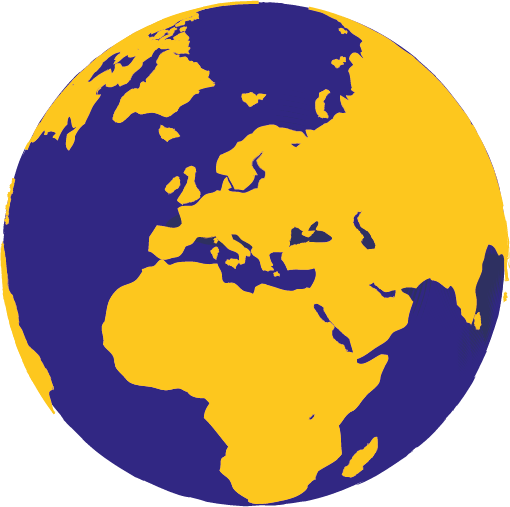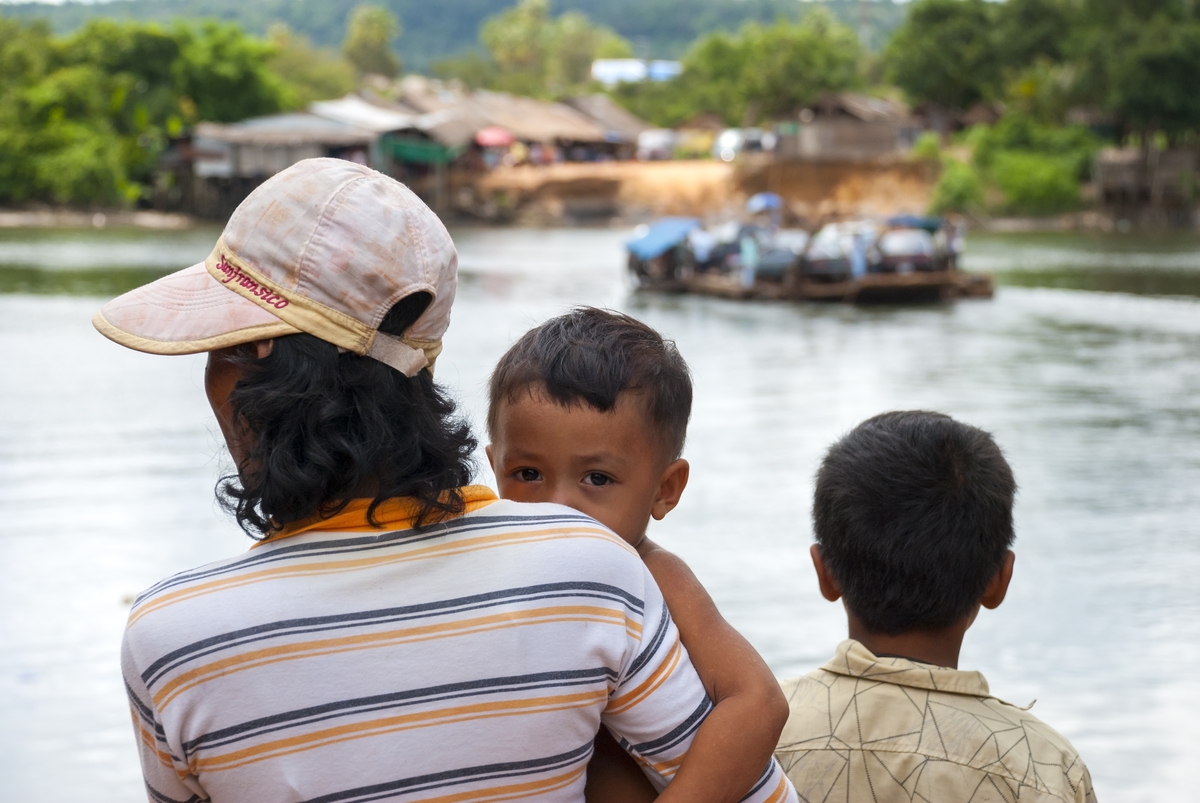As a mother, shivers run up my spine when I hear of any child suffering. Nelson Mandela once said that we can measure a society by how well it takes care of its children. For me, that would include any child crossing its borders into unfamiliar land. The detention of migrant children has caused heated debates on national and global levels.
I was shocked and saddened to learn of the seven-year-old Guatemalan girl who died in custody in early December. Jakelin was her name. It’s reported that she endured traveling countless miles by bus and on foot with her father in a migrant caravan fleeing violence in Central America, only to die in custody at the border. The exhaustion and exposure were too much for her small body. I think of my 10-year-old daughter. I imagine how I would feel looking at her walking by my side for miles, exhausted, scared, and ill.
Globally, millions of migrant and refugee children have left their homes fleeing violence, armed conflict, extreme poverty – their lives forever changed. Children on the move face abuse and violence along these treacherous journeys and often travel alone, without family members, crossing international borders into unfamiliar lands.
Children on the move face abuse and violence along these treacherous journeys and often travel alone, without family members, crossing international borders into unfamiliar lands.
The UN Global Compact for Safe, Orderly and Regular Migration was adopted on December 11, 2018. The Compact states that countries across the globe must work together more effectively to ensure the best interests of children are at the heart of their policies and practices, especially when children are vulnerable – including when unaccompanied or separated from their families. Migrant children crossing borders should be protected, have access to essential services, and should never be separated from their loved ones. It also encourages all actors to work towards alternatives to child immigration detention.
A detention center, or any institution, is no place for a child. Placing children in detention facilities or holding centers compounds the trauma experienced on the journey. The effects on children’s physical and mental health can be devastating and long-lasting.
Lumos supports countries to transition away from care systems that rely on institutions, towards strengthening families and community services, no matter the circumstances of the child. Many other organizations across the world are working hard to end child immigration detention, to keep families together, and to ensure children have access to care that best meets their needs.
December is a time of magic and anticipation for children. I wonder what Jakelin would have been dreaming for as a gift from “los reyes,” the three kings, this holiday season? Probably a better life, free from violence and destitution, a life with her family, going to school, having friends. Like any other child. Tragically, Jakelin’s dreams died with her.
We need to do better for children, wherever they are from, whatever their need. How will you ensure that children are better protected in 2019?
Debra A Jones
Global Advocacy and Campaigning Director, Lumos Foundation



